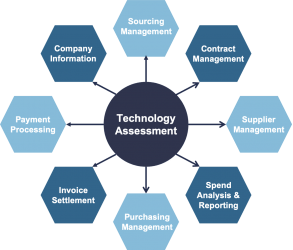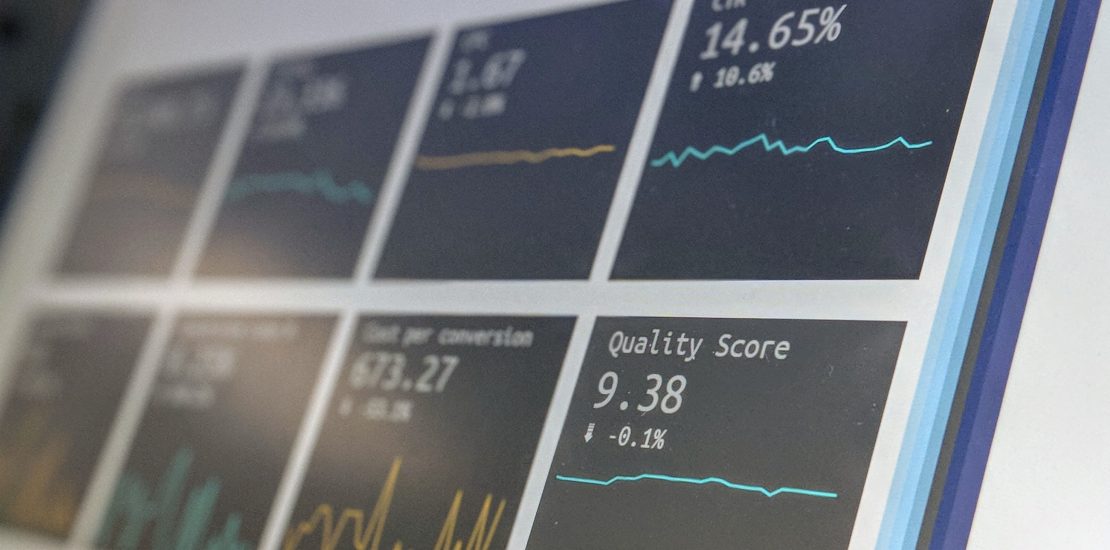Thought Leadership
12 Key Business Challenges You Face Without Detailed Spend Analytics And Visibility
April 28, 2021


“Poor data quality destroys business value – organisations believe poor data quality to be responsible for an average of $15m per year in losses”
In our current business climate, where its far easier to save a dollar than it is to earn a dollar, organisations that do not have complete, on-demand visibility struggle to identify where they can save money and drive greater efficiencies. A lack of spend visibility makes trying to conduct any detailed analytics on your spend incredibly time consuming and difficult. We take a deep dive into the 12 challenges that organisations face without details spend analytics and visibility.
- Data quality continues to degrade – Most organisations know that they have poor quality data, the question is how bad. With complete spend visibility you can enable analytics to identify and mitigate poor data
- Poor supplier risk management – Without an accurate view of who you are spending your money with and for what, effective supplier risk management is extremely difficult.
- Lack of internal benchmarks – Key benchmarks – spend savings target, purchase order cost, percentage of suppliers who you spend 80% of your spend with? Difficult without accurate historic data.
- Growing list of suppliers providing similar services – Consolidating your spend to negotiate better deals is a highly effective activity, however you need detailed data to identify the spend categories to consolidate.
- Poor oversight over supplier performance and management – Are you managing your strategically important suppliers effectively? Unlikely if you you can’t identify them all across your different spend categories.
- Missed category specific cost savings opportunities – Cost savings are available across every spend category, through spend consolidation or accurate spend data driving leverage in contract negotiations. The key is accurate and available data.
- Inability to effectively manage maverick purchasing – Maverick spending is a key risk across every organisation. Without spend visibility and a systems controls you cannot identify maverick spend trends and problem areas to mitigate the risk.
- Inability to benchmark externally – How do you compare to your competitors, across your industry and organisations your size? Without detailed and accessible data you are unable to accurately benchmark against others.
- Difficulty forecasting cash flow and operating capital – How much did you spend this time last year across your spend categories? Is your spend trending up or down across these categories? Accurate and accessible spend data is vital to answering these questions and empowering your finance team to effectively manage your cashflow.
- Difficulty capitalising on supplier negotiations – Have you started contract negotiations with a supplier asking how much you spent with them last year? Doesn’t give you much leverage. Armed with the right data you can take control in the negotiations
- Difficulty managing specific spend categories – Some spend categories are managed (usually badly) by specific business units without any procurement expertise, without the detailed spend data it is very difficult to support the teams to drive effective cost savings from these categories
- Lack of data-driven decisions in cost reductions – Need to identify areas cost saving areas? Without detailed spend data you have to make gut calls on particular spend categories driving poor decision-making
So what are your options to gain visibility?
Typically businesses have two options when it comes to gaining spend visibility.
Spend Analytics Services
There are a number of organisations who offer spend analytics services where they will take your existing data from your ERP, run some very complex data analysis and enrichment processes to be able to categorise and then interrogate your spend. This option provides you with a very good point in time assessment of where your spend is at and enable you to identify areas of supplier consolidation and cost savings. The downside with this option is that it is typically a point in time assessment, that whilst it can be repeated it is doesn’t resolve the underlying issue of poor data collection and availability.
Optimise and automate your Source to Pay Processes
The other option, which requires a larger up front investment, is to review your end to end source to pay processes to identify how you can optimise and automate through source to pay solutions. But, before jumping straight to looking at technology solutions, through our experience of over 70 source to pay transformations across the globe, we recommend focussing on understanding your processes now and what they need to look like first and then mapping various technology solutions to your identified future state. We recommend the following steps:
1. As-Is Process
An in-depth analysis of current business requirements through key stakeholder interviews and current process reviews. This delivers valuable insights and resources such as: Key insights into current procure to pay processes Identification of key pain points Identification of key levers to drive user adoption Identification of key areas and drivers for financial return on investment Identification of quick wins and longer-term development areas Current state technology landscape map across Source to Pay processes.
2. To-Be Requirements
Utilising the insights and resources from the as-is process review, you can then be able to start pulling together a clear and articulated vision of what the future will look to inform resource and business planning processes. Additionally, from this process you should be able to produce clear and articulate technology requirements
3. Technology Assessment

Using the technology requirements garnered in the to-be requirements you then have a baseline to asses different source to pay technology platforms to deliver your to-be requirements. Typically, you should be assessing the following functionality:
4. Business Case Build
Bringing together your as-is requirements, your to-be requirements and your technology assessment the final piece is pulling together a business case that can be presented for approval. From the work completed so far you should have a more detailed view on your invoice processing costs, the next area of cost savings is analysing your current spend data. When analysing your spend data you should consider:
- Categorising your spend into purchasing categories
- Identifying which categories are negotiable and non-negotiable
- Applying category and business appropriate spend savings mapped out over a period of time
Combining these cost savings with your expected implementation and change management costs you can compile a clear view on the both the total cost of ownership and return on investment. To date all of the business cases we have prepared with our clients have been approved.
About Valtatech
Valtatech, an Australian owned Source to Pay advisory and services firm, partners with companies around the world to simplify their operations, control their spend and focus on value coming in rather than costs going out. Our team has completed more than 70 financial transformation and Shared Services projects in Europe and Asia Pacific that deliver measurable value. Our difference is to understand your business, match the best technology and implement it to your requirements. We leverage our expertise of best practice, a deep knowledge of successful transformation technology implementation for Procurement automation, AP automation to transform your finance and procurement functions.




